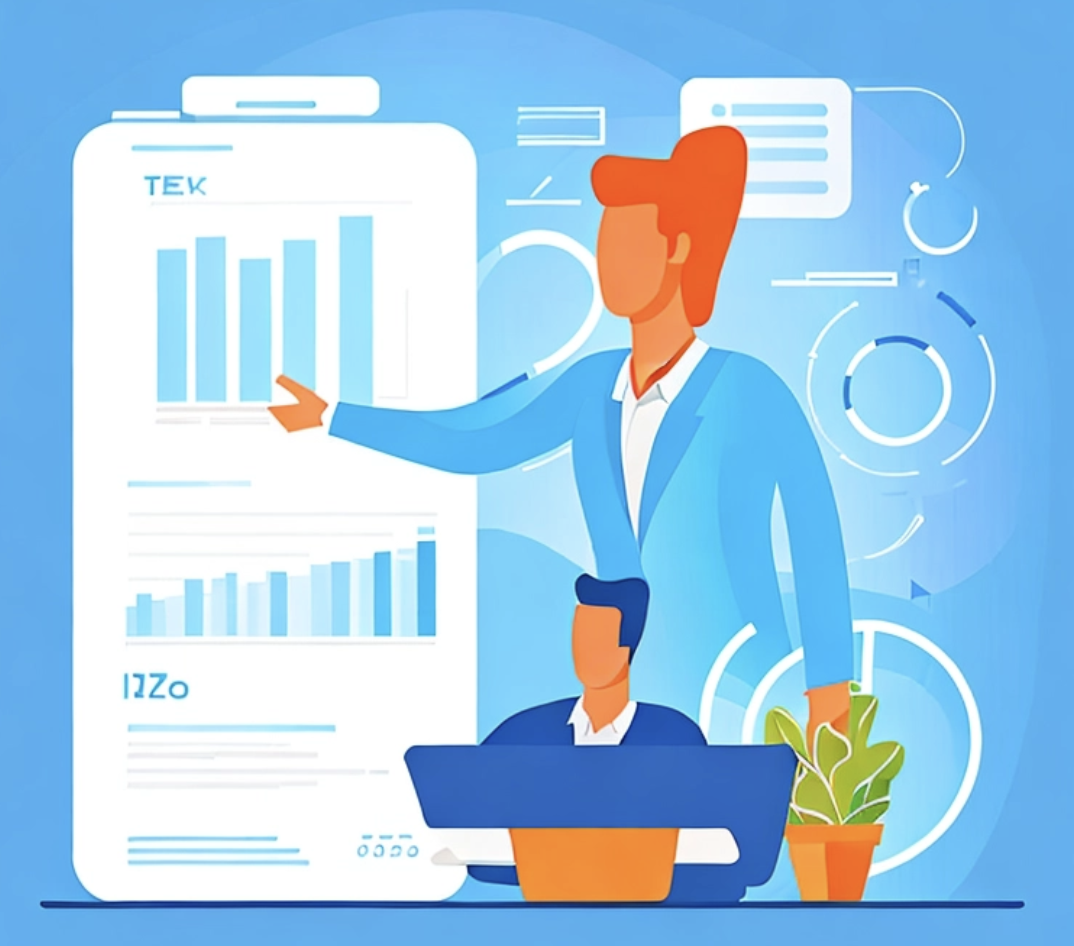
Unveiling the Power of Personalized Subscription Pricing: Insights From Worlds Best Businesses
Explore the world of personalized pricing as global giants like Netflix, Disney+, and Tinder cater to diverse markets in this blog post.

In an interconnected world, where borders blur and digital services reign supreme, the concept of personalized pricing has become increasingly prevalent among big companies. As global giants like Netflix, Disney+, and Tinder expand their reach, they face the challenge of catering to diverse markets with unique economic conditions.
In this blog post, we will dive into the fascinating world of personalized pricing and explore how these companies adapt their pricing strategies to suit different customer populations.
Netflix: Pricing That Suits Your Screen
Netflix, the streaming giant, has successfully disrupted the entertainment industry by offering a vast library of movies and TV shows. When it comes to pricing, Netflix takes a country-specific approach. The company carefully analyzes factors such as cost of living, local competition, and consumer behavior to determine the most suitable subscription fees. For instance, in countries with a higher GDP, Netflix may charge premium prices, while in countries with lower income levels, it offers more affordable plans. This strategy not only ensures accessibility for a wider audience but also accounts for the purchasing power of different regions.

Disney+: Unlocking the Magic at Varied Costs
Disney+ has quickly emerged as a formidable competitor in the streaming landscape, captivating audiences with its extensive collection of beloved franchises and original content. To address global markets, Disney+ adopts a pricing model that considers both country-specific factors and the local entertainment landscape. By analyzing local content preferences, competition, and economic indicators, Disney+ sets its subscription fees accordingly. Furthermore, the company often tailors its pricing to align with regional expectations, recognizing the diversity of consumer spending patterns across different countries.
Tinder: Finding Love at the Right Price
Tinder, the pioneering dating app, has transformed the way people forge connections and seek potential partners. Acknowledging the diverse dating cultures and economic landscapes worldwide, Tinder has implemented personalized pricing strategies to cater to its global user base. By tailoring premium package prices to users' specific locations, Tinder seeks to maximize its revenues and deliver an optimized user experience.
Through extensive market research and data analysis, Tinder adapts its subscription pricing based on various factors, including the economic conditions and user preferences within specific regions. By considering the average income levels, local dating norms, and competition within the online dating market of each location, Tinder aims to strike a delicate balance between affordability and value.
For instance, in regions with higher average incomes or stronger competition, Tinder may adjust its prices accordingly to reflect the willingness and ability of users to pay for premium features. On the other hand, in areas where the average income is lower or the online dating market is less saturated, Tinder may offer more affordable pricing options to attract a wider range of users.
This personalized approach allows Tinder to tap into the unique dynamics of each location and leverage local market conditions to optimize its revenue streams. By carefully calibrating prices based on user demographics and location-specific data, Tinder aims to offer competitive subscription plans that resonate with the target audience, ultimately driving higher adoption rates and user satisfaction.
Note: To provide the best user experience, Assetario’s recommendation engine utilizes anonymized user data and does NOT factor in personal information, such as age or gender.
Benefits and Considerations of Personalized Pricing:
- Accessibility: Personalized pricing enables companies to adapt their services to different income levels, making them more accessible to a broader range of customers worldwide.
- Market Penetration: By tailoring prices to local economic conditions, companies can penetrate new markets more effectively and encourage adoption in regions that might otherwise be hesitant due to cost concerns.
- Revenue Optimization: Adjusting prices according to purchasing power allows companies to maximize revenue potential, ensuring sustainable growth and profitability in diverse markets.
- Customer Satisfaction: Personalized pricing acknowledges the diverse needs and preferences of consumers, enhancing customer satisfaction by offering fair and reasonable pricing options.
- Considerations: It is important to keep in mind that fairness in pricing is important and customers take notice. For example, increasing prices for highly spending customers without new content can impact your customer experience. It is important to work with personalized pricing for the above reasons, focusing on accessibility, while maintaining fairness and customer experience.
Personalized pricing has become an integral part of the strategies employed by big companies like Netflix, Disney+, and Tinder. By tailoring prices to suit the economic conditions, cultural nuances, and competition in different countries and locations, these companies can effectively reach a wider audience, optimize revenue, and enhance customer satisfaction.
With Assetario’s contextual price personalization product, which takes into account country and device model, we see clients having between 20%-60% higher revenue per user from personalized in-app purchases (IAPs). Assetario recommends having the lower price segment be 8x cheaper than the highest price segment’s prices, giving ample opportunity to personalize between the most expensive locations such as New York and some less well-off regions. This is a good and fair set-up in an online setting.
As we continue to witness globalization and digital expansion, personalized pricing will likely remain a crucial tool in the arsenal of consumer internet companies to navigate the diverse landscapes of our interconnected world.


.JPG)







